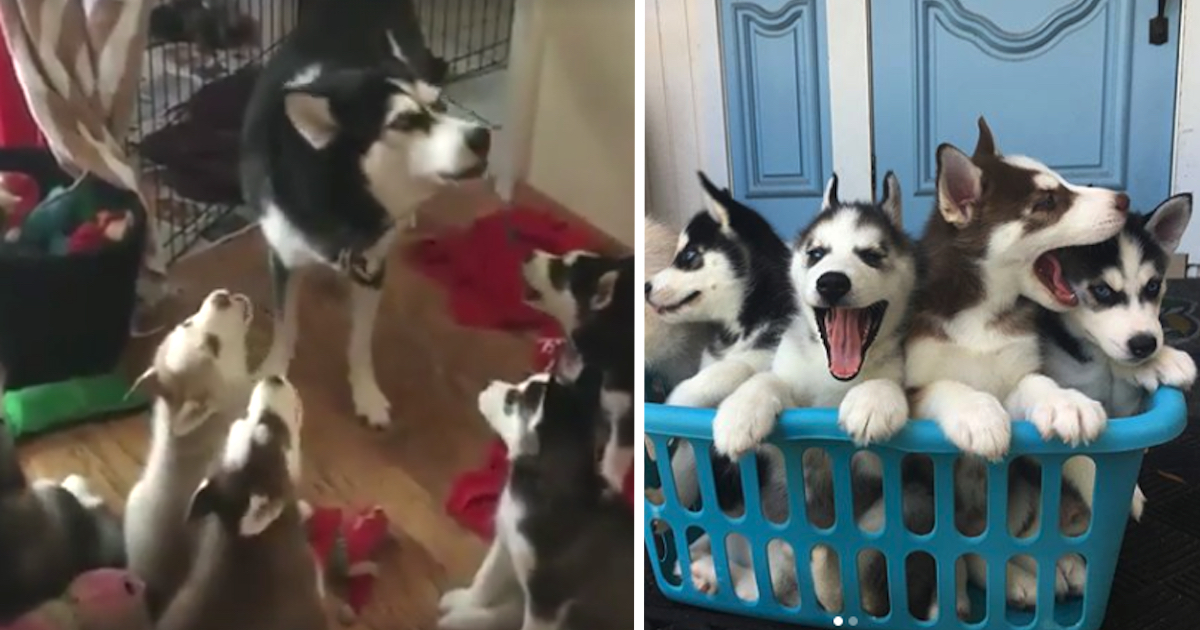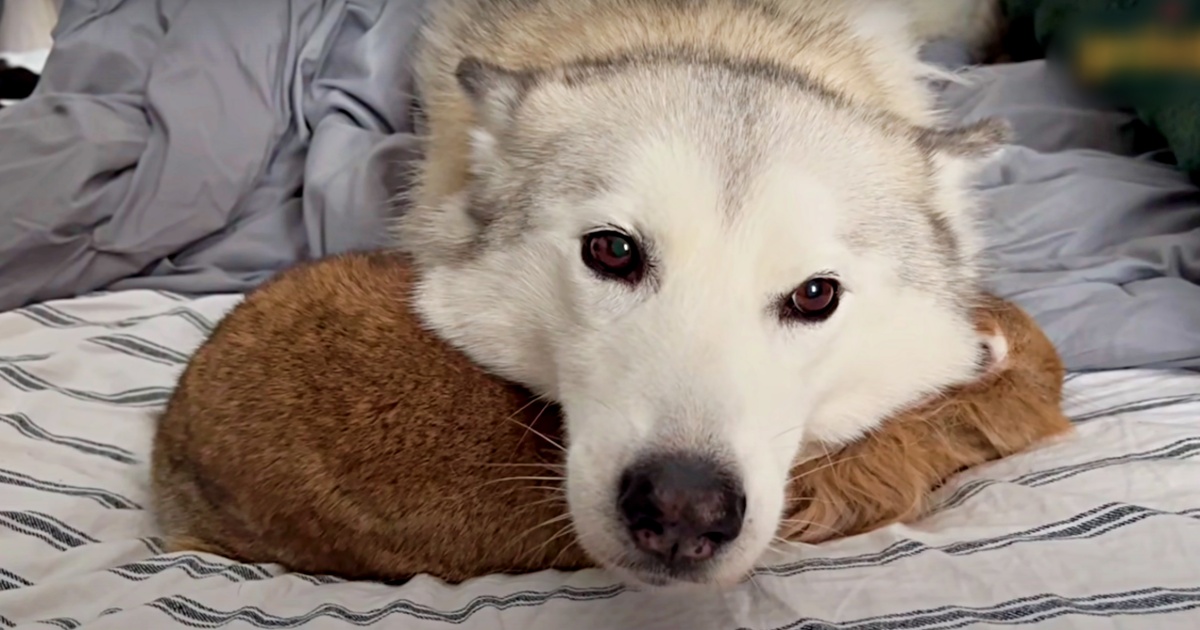Shutterstock
Bringing home a rescue dog is a rewarding experience but comes with challenges. Many rescues have faced trauma, neglect, or major life changes, making it harder for them to adjust. Some may be shy or fearful, while others settle quickly but still need time to build trust. Every rescue dog deserves patience, love, and a safe space to start fresh. With understanding, structure, and reassurance, you can help them feel at home and show them they’ve finally found the forever family they deserve.
Give Them a Quiet Introduction
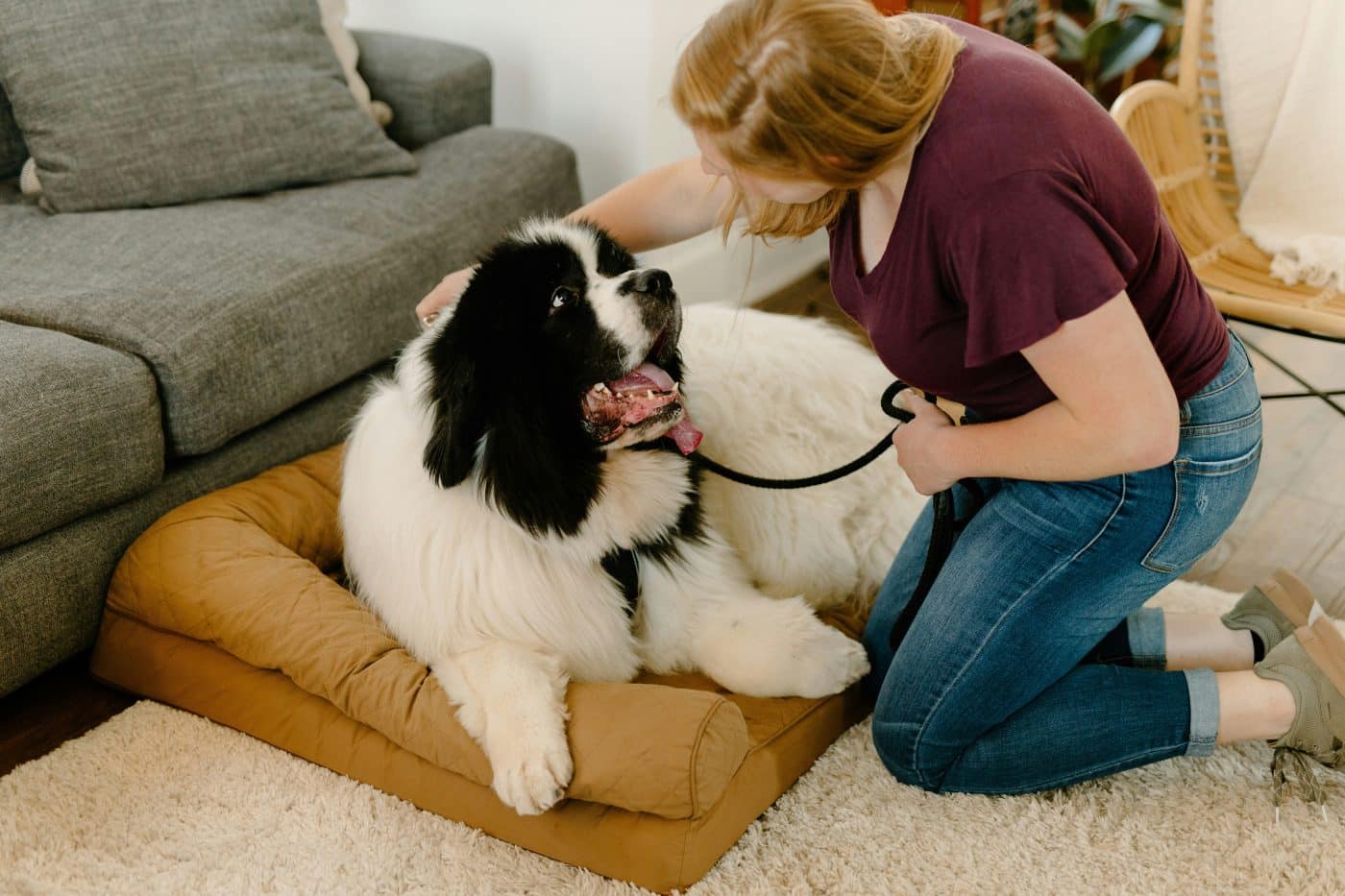 Shutterstock
Shutterstock
Your rescue dog is already overwhelmed by your home’s new sights, smells, and sounds, so a calm, gentle introduction is key. Avoid loud greetings or large gatherings when they first arrive. Instead, allow them to explore at their own pace and get familiar with their surroundings. Give them time to sniff around and take in their new environment without pressure. This slow and quiet approach will help them feel safe and reduce any anxiety they may have.
Set Up Their Own Cozy Space
 Shutterstock
Shutterstock
Every dog needs a place where they can retreat and feel secure. Whether it’s a crate with a soft blanket, a dog bed in a quiet corner, or a cozy nook in the living room, having a designated space helps them feel more in control. If they choose to hang out there, don’t force them out—let them come to you when they’re ready. A personal safe spot reassures them that they have a home within your home.
Stick to a Routine
 Shutterstock
Shutterstock
Dogs thrive on consistency; rescue dogs especially need structure to feel secure. Establish a daily routine for feeding, walks, and bedtime as soon as possible. Knowing what to expect daily helps them adjust faster and builds trust in their new environment. A predictable schedule reassures them that their new life is stable, making them feel safer and more comfortable.
Let Them Set the Pace for Bonding
 Shutterstock
Shutterstock
Some rescue dogs warm up quickly, while others take longer to trust. The key is to let them decide how much interaction they want. Don’t force cuddles, petting, or play if they’re unready. Let them come to you when they feel comfortable. Giving them the choice to engage builds trust faster and helps them feel in control of their new situation.
Use Positive Reinforcement
 Shutterstock
Shutterstock
Praise, treats, and gentle encouragement go a long way in helping your rescue dog feel at home. Rewarding them for good behavior—like going potty outside, sitting calmly, or approaching you—reinforces positive associations with their new home. Avoid punishment or harsh corrections, as these can make a nervous rescue dog even more fearful. Positive reinforcement helps them understand that good things happen in their new life.
Offer Tasty Treats to Build Trust
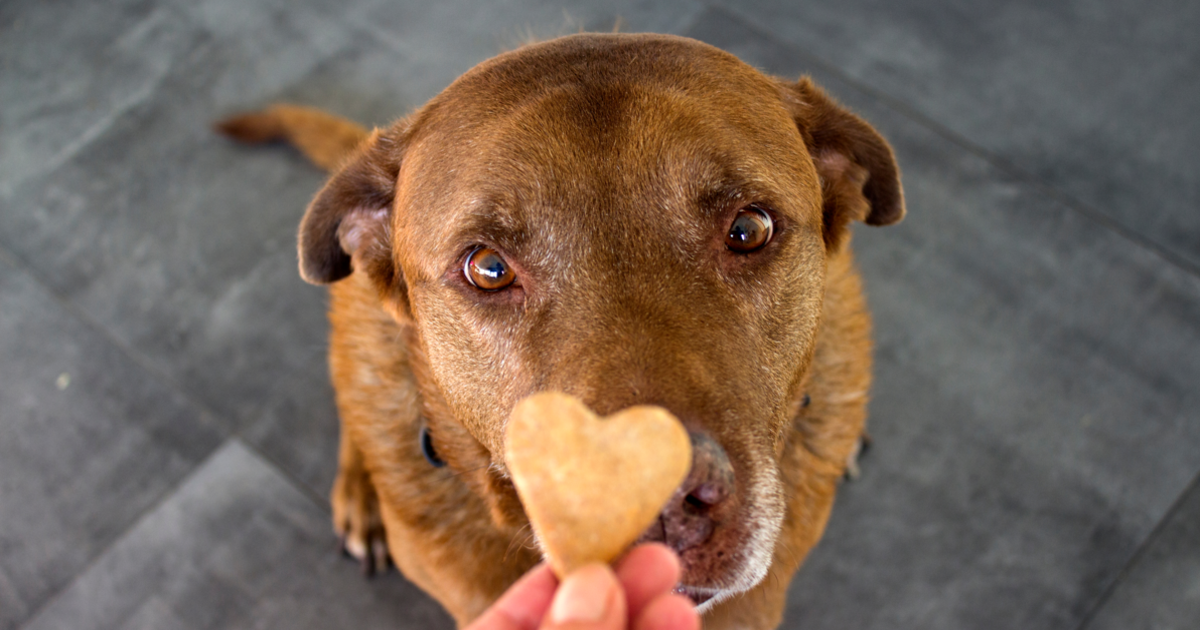 Shutterstock
Shutterstock
Food is the universal language of love for dogs. Giving your rescue dogs high-value treats can help them associate you with positive experiences. Hand-feeding treats can also build trust and create a bond, especially for shy or fearful dogs. Just make sure not to overdo it—treats should complement a healthy diet, not replace it.
Keep Things Low-Key for the First Few Days
 Shutterstock
Shutterstock
It can be tempting to introduce your rescue dog to everyone you know, take them to the park, or start obedience training immediately—but resist the urge. Give them time to decompress and get used to their new environment without added stress. Avoid overwhelming them with too much activity or socialization right away. A calm, stress-free adjustment period helps them settle in much faster.
Use a Gentle, Calm Voice
 Shutterstock
Shutterstock
Your tone of voice greatly affects how your rescue dog perceives you. Speak softly, reassuringly, especially in the first few days. Loud or excited tones may startle them, while a calm and steady voice signals that they are safe. Over time, they’ll learn to associate your voice with comfort and security.
Give Them Plenty of Exercises
 Shutterstock
Shutterstock
Physical activity is essential for relieving stress and burning off nervous energy. Regular walks, playtime, or even gentle sniffing sessions in the yard can help your rescue dog feel more at ease. Exercise also helps prevent unwanted behaviors caused by boredom or anxiety. Just be mindful not to overwhelm them—some rescue dogs need time to build confidence before enjoying long outings.
Allow for Some Alone Time
 Shutterstock
Shutterstock
While bonding is important, your rescue dog also needs time to process their new surroundings. Give them moments of quiet independence to rest, explore, or observe from a distance. Forcing constant interaction can be overwhelming. Allowing them space to adjust at their own pace will ultimately make them feel more secure.
Introduce New Experiences Slowly
 Shutterstock
Shutterstock
A rescue dog’s past experiences may shape how it reacts to certain things. For example, it might be nervous around new people, cars, or even household appliances. Instead of exposing it to everything all at once, introduce new experiences gradually. This helps it build confidence without becoming overwhelmed. Celebrate small victories, like calmly walking past a stranger or sitting quietly during mealtime.
Be Patient with Potty Training
 Shutterstock
Shutterstock
Even if your rescue dog was previously house-trained, expect a few accidents as it adjusts. Stress, new environments, and a change in routine can temporarily disrupt potty habits. Take them outside frequently, use positive reinforcement when they go to the right spot, and be patient. Avoid punishment for accidents—it only creates fear and confusion.
Provide Comforting Smells and Familiar Items
 Shutterstock
Shutterstock
Scents play a huge role in a dog’s sense of security. To help them adjust, bring something from their previous foster home or shelter, like a blanket or toy. Wearing the same clothes around them for a few days can also help them recognize your scent as comforting. Familiar smells create a sense of continuity and help them feel more at home.
Socialize with Care
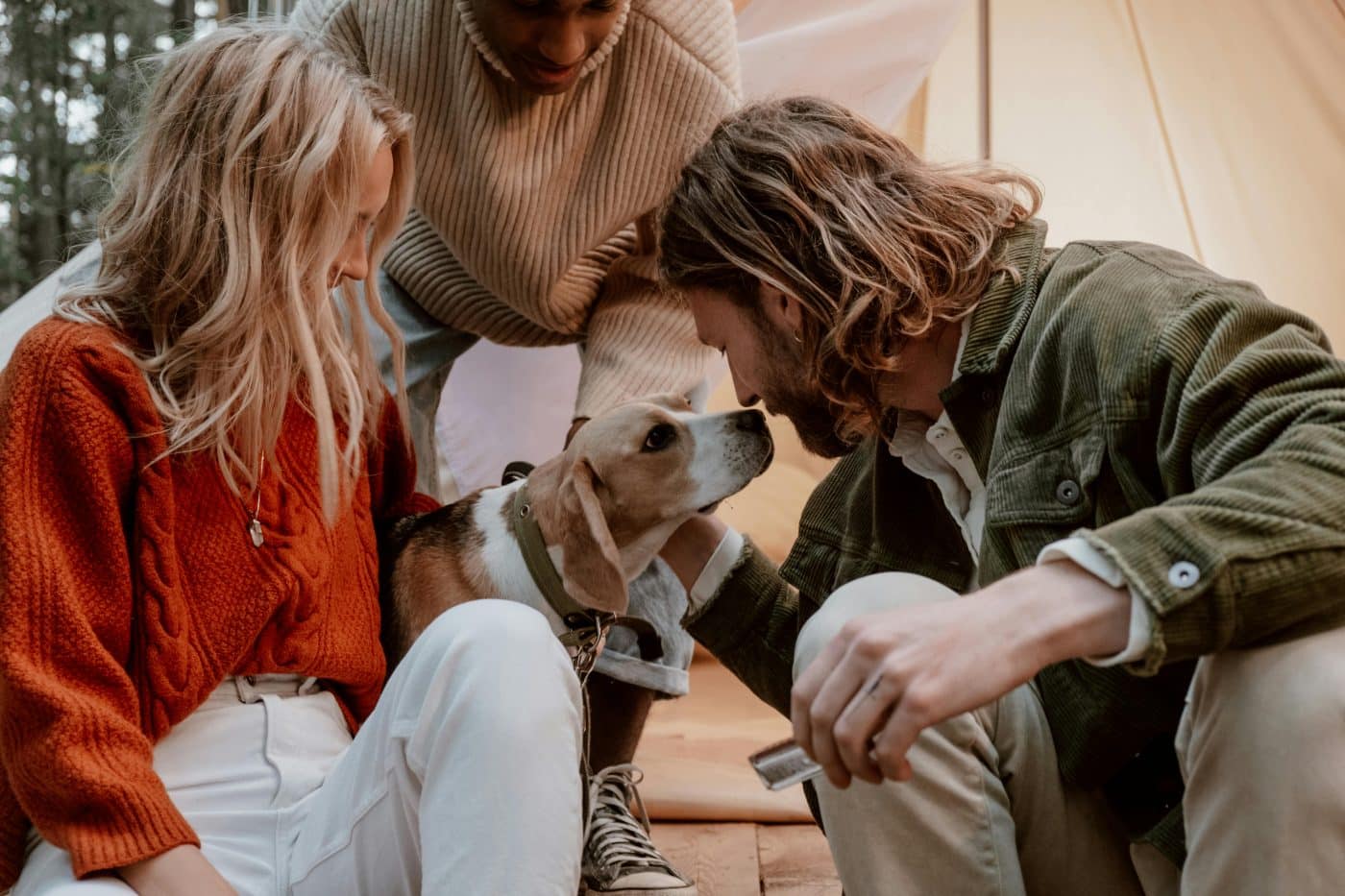 Shutterstock
Shutterstock
Some rescue dogs may be eager to make new friends, while others need more time. Pay attention to your dog’s comfort level before introducing them to new people, children, or other pets. Keep first meetings calm and controlled. Forcing interactions too soon can create stress, while a slow introduction helps build positive relationships.
Show Them, Unconditional Love,
 Shutterstock
Shutterstock
Above all, your rescue dog must know they are safe, loved, and valued. Some dogs adjust quickly, while others take weeks or months to feel at home. No matter how long it takes, continue to offer patience, kindness, and reassurance. With time, your rescue dog will learn that they are truly part of the family.
The Love and Laughter are Just Beginning
 MidJourney
MidJourney
Bringing home a rescue dog is a journey filled with heartwarming moments, funny surprises, and a bond that grows stronger each day. While the first few weeks may have challenges, every small victory—like their first happy tail wag or the moment they finally curl up beside you—makes it all worthwhile. The love and trust of a rescue dog are truly special, and as they settle in, they’ll show their gratitude in countless ways. With patience, care, and plenty of snuggles, you’ll soon wonder how you ever lived without them!



